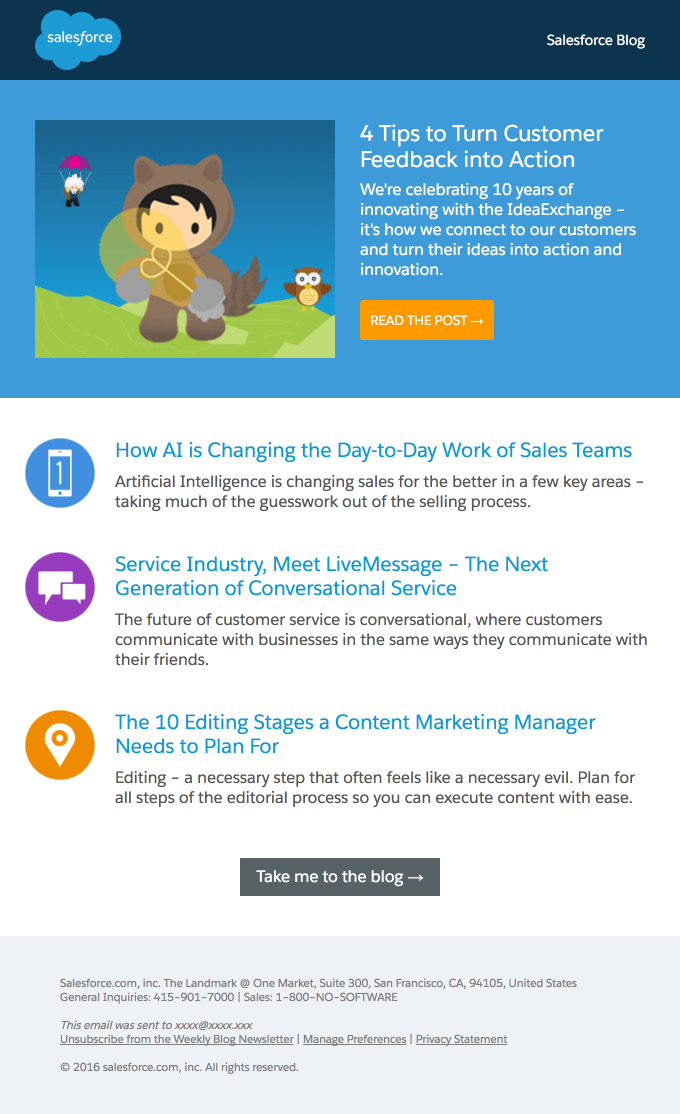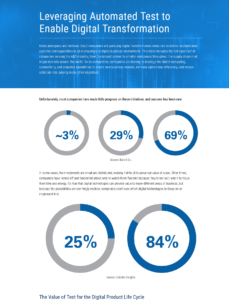This three-part series discusses the content that serves you and your customers from top to bottom of the funnel. Catch up with part one here: Marketing for Every Stage of the Buyer’s Journey: Awareness.
When we perform content audits for our clients, we often find that B2B organizations have a wealth of product content that works at the bottom of the funnel. Successful content marketing programs guide buyers from one stage to the next, and that requires a succession of content that works in each stage of the buyer’s journey.
Once prospects are aware of your brand and agree they have a problem to solve, they’re ready for consideration-stage content that invites them to explore solutions and commit to change.
Mid-stage content is often the weakest area of B2B marketing libraries.
If you’re missing mid-funnel content, your content marketing can’t effectively nurture your prospects through the journey to make a purchase. And isn’t that why you’re doing content to begin with?
Let’s take a look at some of the formats that can be most productive in the consideration phase of the B2B buyer’s journey.
E-Books & White Papers
These authoritative thought-leadership pieces offer an in-depth discussion and guidance on a particular topic. Both can drive demand generation while engaging buyers around a critical business issue or industry trend. These high-value assets often serve as campaign cornerstones and are perfectly appropriate for gating so that you can gauge prospects’ intent and where they are in their journeys. Here are examples from Nasdaq and Cengage.
iPapers
iPapers are E-books’ flashier sisters. These long-form digital assets take shape in “layers” that invite readers to explore a variety of smaller topics with digital rabbit holes with more information. And each of those rabbit holes can give you metrics to gauge what they care about and where they are on the path to purchase. They’re ideal for telling complex stories, including “choose your own journey” paths that speak directly to different personas, industries or members of the buying committee like these two examples from Criteo and NI.
G-Books & Best Practices Guides
Think of G-books as a hybrid of an infographic and an E-book. They’re much lighter on text than an E-book, but offer you the ability to expand on an infographic with more context. Best practices guides zero in on key steps, action items or, of course, best practices that buyers should follow to be successful. Both asset types are primed to help you position your brand as a thought leader while clearly communicating your value proposition. Take a look at these examples from HqO and Broadridge.
Webinars
These multimedia presentations are E-books brought to life with the engagement power of audio and video for vibrant, immersive storytelling. You can attract the potential buyers interested in a particular subject and develop their interest with new insights and thought leadership. The best webinars are as interactive as possible, incorporating polls, Q&As and even live interactions. Again, these meaty assets are valuable enough that attendees will willingly share their contact information to tune in.
Research Reports
In-depth commentary and analysis of proprietary research (or aggregated industry data) can tell a powerful story, supported with charts and graphs. These big-rock assets are fountains for derivative content, with plenty of opportunity to pull out data for infographics, blog posts, checklists and social media posts. TimeTrade and BluJay Solutions demonstrate how to do this well.
E-Mail Nurtures & Newsletters
E-mail nurtures give you the opportunity to extend your conversations with prospects once you’ve captured their attention in the awareness stage. You can share E-books and webinars, news and updates on their favorite topics and continue to monitor their interest until they’re qualified to move to the consideration stage.
Newsletters are versatile digital assets: You can use them to distribute your white papers, E-books and webinars among select newsletter subscribers. Or, you can create lead nurturing emails specifically for leads that have downloaded certain assets (or you can do both). Either way, they help you gauge certain leads’ interest, continue to build on it or even decide that they’re qualified to move into the next buyer’s journey stage. We’ve talked before about the resurgence of newsletters, which can deliver your content directly to subscribers’ inboxes at a regular cadence. Salesforce publishes theirs with branding that’s immediately recognizable.

Videos & Podcasts
You might remember that I included videos and podcasts in my previous post about awareness content. But both are versatile media that can be used just as effectively here in the middle of the funnel. Again, it’s a matter of matching the story you’re telling with the phase of the journey your buyers are in. Would you cover your topic the same way in a webinar or an E-book? Then it’s probably a good fit for a mid-stage podcast or video. And of course, this is the perfect time to introduce ungated explainer videos that tell a brief story about your brand or deliver an overview of your products and services like Canon and SOC Telemed do here.
Checklists, Briefs & FAQs
These high-level assets are concise and packed with very focused information—key questions to ask, key steps to take, vital metrics or best practices to consider. Each serves as a shortcut to sharing tips and best practices with guidance on what readers should consider doing next. And each can be used now or in the decision stage.
Quizzes
Allow readers to test themselves with five to seven simple questions that end with a grade or a score based on their answers, plus a call to action to get more information. You can use quizzes to build a mini experience around a topic or trend and follow up with another asset or a service. Here’s an effective quiz from Access Corp.
As I said in part one, these aren’t rules, only guidelines. You could use a quiz as an early-stage asset or leverage an E-book as a late-stage product comparison. The formats and word counts of some assets make them more natural fits for certain places on prospects’ paths to purchase, but the most important consideration is the story they tell.
And next week, I’ll tell a story around your late-stage consideration content and which formats work well in persuading prospects to become customers in part three: Marketing for Every Stage of the Buyer’s Journey: Decision.
Holly Celeste Fisk
Holly Celeste Fisk is an accomplished marketing pro with 20+ years of experience in B2B and B2C. She’s responsible for Content4Demand’s internal marketing efforts, managing everything from content creation and email marketing to events and sponsorships, blog publishing, website management and social media presence. When she’s not working, you’ll find her sliding into third at softball, buried in a book or practicing her Italian.

















